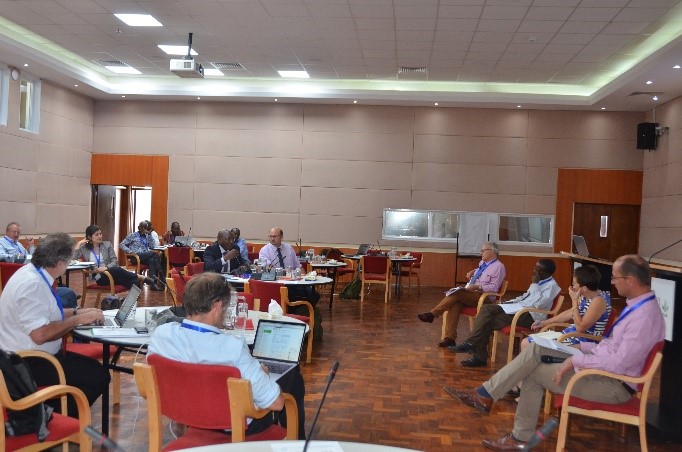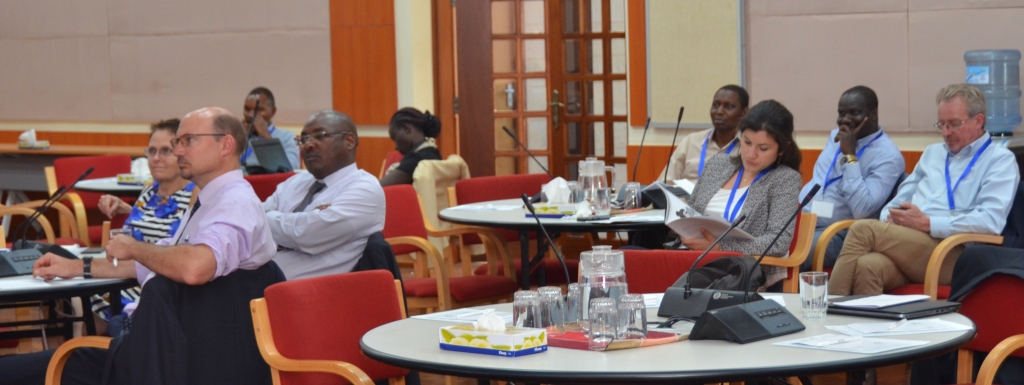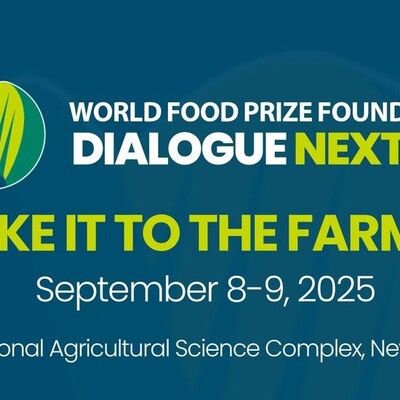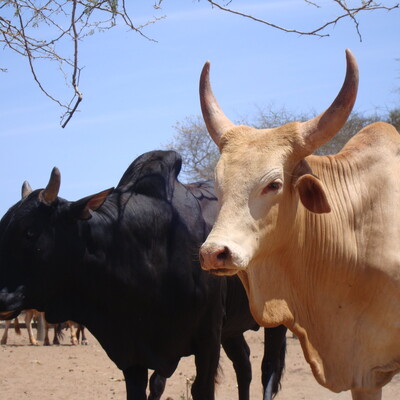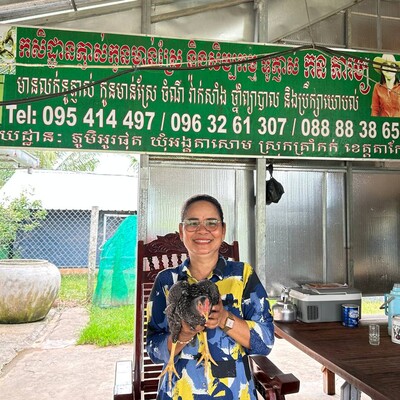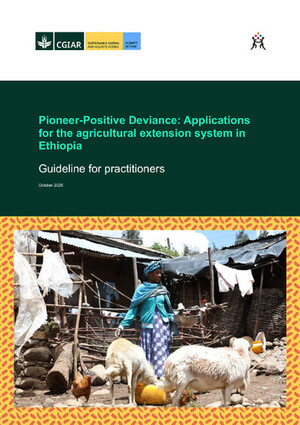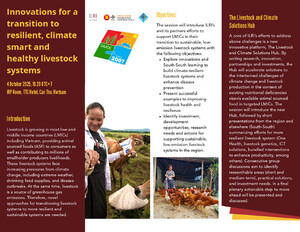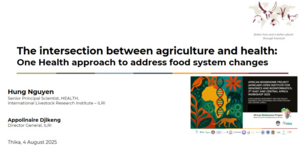
Shaping the future of livestock in Kenya
 Participants of the national multi-stakeholder consultation in Nairobi (photo credit: ILRI/ Wilson Maina).
Participants of the national multi-stakeholder consultation in Nairobi (photo credit: ILRI/ Wilson Maina).
Multiple stakeholders drawn from Kenya’s public and private sectors, academia, research, donors, non-governmental organizations, social movements and community-based organizations as well as inter-governmental and multilateral institutions recently deliberated and identified ways forward in shaping the livestock sector across the nation.
This took place during a multi-stakeholder consultation, co-hosted by the Ministry of Agriculture, Livestock, Fisheries and Irrigation (MALFI), the United Nations Food and Agriculture Organization (FAO), the International Livestock Research Institute (ILRI) and the Global Agenda for Sustainable Livestock (GASL) at the ILRI Nairobi campus on 21 March 2019.
The consultation contributed to ongoing efforts to build on the outcomes of a communiqué issued in early 2018 by agricultural ministers who attended the Global Forum for Food and Agriculture (GFFA) in Berlin.
During the Berlin meeting, participants discussed sustainability of the global livestock sector, committed to tackle the issues raised, and charged the international livestock community (FAO, the World Organisation for Animal Health (OIE), ILRI and GASL, among others) to engage in shaping the future of livestock to support the 2030 Agenda for Sustainable Development and its 17 Sustainable Development Goals (SDGs).
In Kenya, livestock contribute greatly towards food and nutrition security and economic development and are central to the livelihoods of many households. According to Jeremiah Kithama, senior assistant director for livestock production at MALFI, the livestock subsector utilizes 30% of the high to medium potential land and 81% of the arid and semi-arid land in Kenya. Livestock contribute about 12% of the nation’s gross domestic product and provide employment to about 40% of the national labour force.
A rising demand for animal-source foods (ASFs) has been reported in many nations globally, and the scenario is no different for Kenya. A major transformation is expected as the population continues to grow, become increasingly wealthy and moves into urban areas. According to FAO projections, demand for beef in Kenya will grow by 277%, milk by 171% while that for eggs and chicken meat will grow by 289% and 211%, respectively, by 2050. The livestock industry is transforming radically in response to the increasing demands. This transformation has major implications for society and for sustainability. The multi-stakeholder consultation presented a crucial forum for much needed discussions to steer the Kenyan livestock sector along a sustainable path to meet the needs of tomorrow’s generations.
Discussions were structured around four sustainability domains, articulated by the GFFA in January 2018 and subsequently adopted by GASL. The four domains are: 1) food and nutrition security; 2) livelihoods and economic growth; 3) animal health and welfare; and 4) climate and natural resource use.
The moderator, Robin Mbae, deputy director for livestock production at the ministry summarized the key points agreed on by participants. They include the following:
- Continue involving the sector stakeholders to share information and knowledge.
- Understand the dynamics of the livestock sector, to aid the planning process.
- Harness the contributions and expertise of diverse stakeholders.
- Continually offer evidence-based messages showing the positive contributions of the livestock sector to many facets of sustainable development, to counter some of the negative messages arising in the (largely western) media that could jeopardize the role of livestock in development.
- Ensure that intended beneficiaries are reached by outputs from interventions made.
- Take decisive steps to address both the contribution of livestock to climate change, and to enhance adaptive strategies for the many pastoralists and other livestock keepers who are threatened by climate change.
 Harry Kimtai (front left), principal secretary for livestock in Kenya’s Ministry of Agriculture, Livestock, Fisheries and Irrigation, at the meeting (photo credit: ILRI/ Judy Kimani).
Harry Kimtai (front left), principal secretary for livestock in Kenya’s Ministry of Agriculture, Livestock, Fisheries and Irrigation, at the meeting (photo credit: ILRI/ Judy Kimani).
One of the key tools to help shape a sustainable future for Kenya’s livestock is the development of a livestock sector master plan (LMP). Harry Kimtai, principal secretary for livestock, participated in the meeting and highlighted the LMP as making a critical contribution to the planning process.
Such a master plan should provide a vision-driven, well-constructed road map with action plans that will improve animal productivity and production, as well value addition along key livestock value chains, but in a way that is sustainable, socially, economically and environmentally. To support the ministry in this effort, and to build capacity, a consortium including FAO, ILRI and the Agricultural Research for Development (CIRAD) will provide technical assistance. This consortium has, in recent years, successfully facilitated the design of LMPs in Bihar (India), Rwanda, Ethiopia and Tanzania.
Read more:
- GFFA brochure
- GFFA 2018 communique
- Shaping the future of livestock in Kenya
- Why livestock matter
- Global Agenda for Sustainable Livestock
- Sustainable livestock goes digital
The meeting in pictures:






